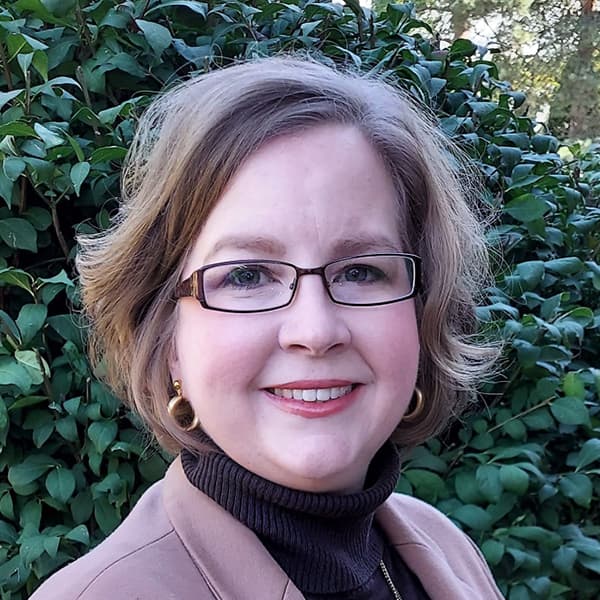By Sarah Sydlowski
This article is a part of the March/April 2022, Volume 34, Number 2, Audiology Today issue.
Show of hands: How many of you believe that improving the hearing health and associated quality of life of U.S. adults is one of the most important issues facing our aging population?
One more question: How many of you are worried that it might just be audiologists raising their hands in response to the first question?

President | American Academy of Audiology
The sobering reality is that most people do not view hearing as an essential aspect of their health. In a recent survey of 1,250 adults ages 50–80 years, hearing loss was ranked third to last in terms of importance among 10 common health conditions and respondents reported they were more than twice as likely to visit their veterinarian for their pets’ annual health maintenance than an audiologist (Carlson et al, 2022).
Payers, referring providers, and other key stakeholders who help direct patients to our care have not historically viewed audiology as a key contributor to the health-care system (as evidenced in part by the fact that Medicare still classifies us as “suppliers” instead of “practitioners”). This is a problem. Could it be why 28.8 million people in the United States could benefit from the use of a hearing device, but don’t have one? (NIDCD, 2016).
Any audiologist can articulate, fervently and passionately, why hearing health matters, how audiologists improve quality of life for our patients, and why we deserve a seat at the proverbial table. But most of you probably also feel like no one is listening when we make our case. Are our pleas to prioritize hearing really falling on under-amplified ears? Or are we telling the wrong story?
We are at a critical juncture in audiology’s history. We must be able to differentiate ourselves, as individuals, as a profession, and as an organization. We must be able to interface with patients, referring providers, payers, regulators, and legislators and tell them a convincing, consistent story of why we are an important aspect of health-care delivery in the Untied States.
We must be able to influence consumers to take action about their hearing loss and choose us to provide their care. We must have a compelling reason for primary care providers to encourage patients to get their hearing tested and not just order a device online and think they’ve done enough to mitigate potential downstream health-care concerns. We must be able to tell stories that elevate our profession, differentiate us, and build our reputation.
This is why the AAA 2022 +HearTECH Expo General Assembly keynote is so relevant for tackling today’s most important challenges. Paul Smith is one of the world’s leading experts on organizational storytelling and he insists that what stories you choose to tell are critically important to your success. He believes that every leader should have an arsenal of the right stories to tell that will get ideas across in a way that moves people to action.
Have we, as audiologists, been telling the right story? If we’re honest with ourselves, based on the numbers of people who haven’t pursued improvement of their hearing or prioritization of our care in that process—probably not.
Think about the stories you tell. Are you the protagonist? Are your stories centered around your frustration with people using your title, reimbursing you sufficiently, or bypassing your services? Or do they put stakeholders at the center?
Do they offer justification for why payers should invest in our services for the betterment of their beneficiaries? Do your stories underscore how lives will be improved when more patients can access your services? Do they offer a compelling rationale and emotional hook for why we must embrace change to our delivery models?
Let’s begin today, with a new story for audiology and for hearing-health care in America. Let’s tell a story of why hearing-health care must become a priority and why audiologists are the best prepared to lead to improve the hearing experience.
References
Carlson M, Nassiri A, Marinelli J, Lohse C, Sydlowski S. (2022) Awareness, perceptions, and literacy surrounding hearing loss and hearing rehabilitation among the adult population in the United States. Otolo Neurotol 43(3)e323–e330.
National Institute on Deafness and Other Communicaiton Disorders (NIDCD) Epidemiology and Statistics Program (May 2016) December 2015 Census Bureau Estimates of the Noninstitutionalized U.S. Population. Personal communication.


